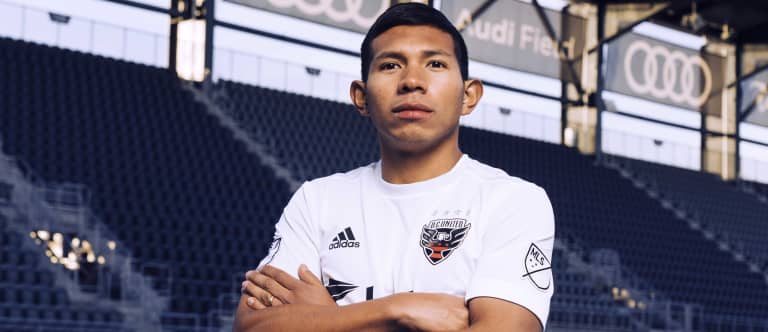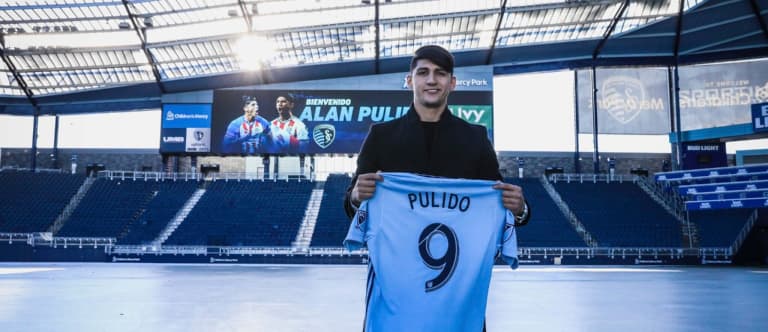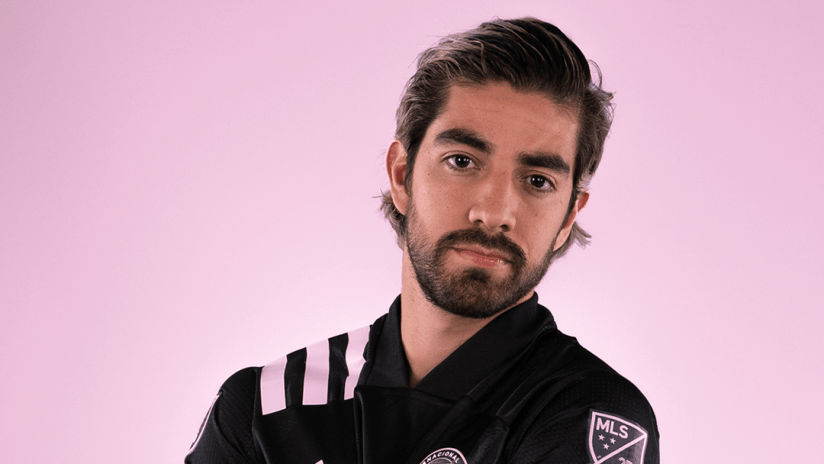EDITOR'S NOTE: Before you know it, February 29 will be here. That's the kickoff to the 25th season in Major League Soccer history and we're getting you ready for the 2020 campaign with the stories, personalities and questions that will leave their mark on the season to come.
D.C. United got pretty good at “value engineering” in the final years of their two-decade stay at RFK Stadium. Hampered by annual losses that ran well into the millions as they searched for the permanent home of their own that would eventually turn out to be Audi Field, the Black-and-Red played their version of the “Moneyball” game, qualifying for the MLS Cup Playoffs in three of their final four seasons at the ancient venue.
“My first couple years, we kind of got older veteran players that had been around the league and we won that way,” veteran defender Steve Birnbaum told MLSsoccer.com, “going with guys who knew how to win in the league. And maybe it was a little bit ugly.”
But after attacking stars Wayne Rooney – who arrived in the U.S. capital on a free transfer in 2018 – and Luciano Acosta departed the club at the end of last year, D.C.’s leadership felt they needed to make a splash. And they did, reeling in Peruvian international Edison Flores from Liga MX’s Morelia in a deal reportedly worth some $15 million in combined investment, counting wages, bonus clauses and a club-record transfer fee.

D.C. were not alone. League-wide, it was a winter crowded with big-ticket transactions, as Columbus Crew SC, the San Jose Earthquakes, Sporting KC and Vancouver Whitecaps followed D.C.’s lead in smashing their own transfer records.
Times have changed, it’s safe to say.
“That's the way to survive in this league,” noted Birnbaum. “You can't just not spend money, and coast. Because you're not going to make the playoffs – or win any games, really.”
Pundits have tipped free-spending newcomers like Atlanta United, LAFC and Inter Miami as influential drivers of this trend, and conversations with figures around the league confirm that this is a widely-held perception. Ahead of their inagural season, Miami made a splash by landing Liga MX star and Mexico international Rodolfo Pizarro for big money from Monterrey. While a few older clubs like the LA Galaxy and Toronto FC have not hesitated to utilize their financial might, a wider realization seems to be dawning that these sorts of big transactions are becoming less of a luxury and something more like a necessity in a rapidly-evolving MLS.
Kansas City’s $9.5-million swoop for Mexican international Alan Pulido might be the most head-turning move so far, considering that SKC’s system under longtime manager/technical director Peter Vermes has always emphasized value and the importance of the collective over the individual. The price paid for Pulido is more than double what they’d spent on transfer fees in their entire quarter-century of existence to date.
“We’re in this world now,” said Vermes, “and we’re going to continue to be in this world.”

It’s an arms race, and “it will continue,” predicts D.C. head coach Ben Olsen.
“The transfer fees are going to continue to go up … the arms race will just keep being pushed. I think it's a healthy thing,” Olsen added. “So it's nice to see quality coming in this league, and in different profiles, right? Young, savvy guys. You're seeing less 30-plus, big names coming into the league and I think there's an increased level of investment – or thinking about the investment – of a player in this league.”
Now entering their fourth season of existence, Atlanta probably get as much credit as anyone for their ambitious spending, and they already have an MLS Cup, a U.S. Open Cup and Campeones Cup trophies to show for it. Along the way they also proved that big investments can lead to big returns, selling Miguel Almiron to Newcastle United for a large profit, which also underlined MLS’s efforts to show imported talent that the league can be a stopping point on the way toward Europe’s bright lights.
“This league has always stated that they want it to be a little bit more of a selling league. For that you have to attract young, good talent and to develop their game and then move them on,” noted Almiron’s former teammate Julian Gressel, now in D.C.
“Like we have Edi [Flores] now, guys like that will find a pretty good spot here in the U.S. where they can be one of the top guys and one of the really good players on the field, at the same time as develop their game and then maybe look overseas.”
Not everyone is eager to fork over eight figures’ worth of cash to new signings every offseason just yet, however. Real Salt Lake are a prominent example of those clubs seeking competitive advantages that can enable them to keep punching above their weight even as the money flows more freely league-wide, prioritizing their highly-respected academy and cutting-edge facilities – as well as less obvious gambits like a specialist set-pieces coach.
“No matter what budgets you’re playing with, no matter what players you got on the field, the way to be successful in leading an organization is to continue to identify those places where you can be 5% more efficient or 5% better, to take steps forward,” GM Elliot Fall told MLSsoccer.com.
“It's not just about playing in a richer pool or anything like that,” he added. “Just like many clubs in this league have, we've invested a massive amount of money – we just have done more of it in youth development than in Designated Players. The way we view that is, our investment in youth development is the inefficiency that we see in the market and the opportunity we see in the market to take steps forward and set ourselves apart.”
Yet even youth-oriented outfits like FC Dallas are adjusting their tack, at least slightly, as MLS norms shift. Given the success – not only in competitive terms, but also aesthetically and financially – of pacesetters like Atlanta, LAFC and Seattle, top contenders will probably have to excel in more than one area if they are to climb into the reckoning now and in the future.
“I mean, there's always going to be an arms race in sports. Everybody wants to win a championship,” said FCD president Dan Hunt, who’s bringing in South American veterans Franco Jara and Thiago Santos to add steel and experience to a youthful roster.
“You always have people spending on players, that's just the reality of this. Every sport is like this and you see these escalating salaries in the NFL, in the NBA, obviously in Major League Baseball and the same thing is happening in Major League Soccer. … So I think it's just a matter of being very thoughtful in how you spend your money, because we added in positions where we think these are the things that are going to help us win championships.”













